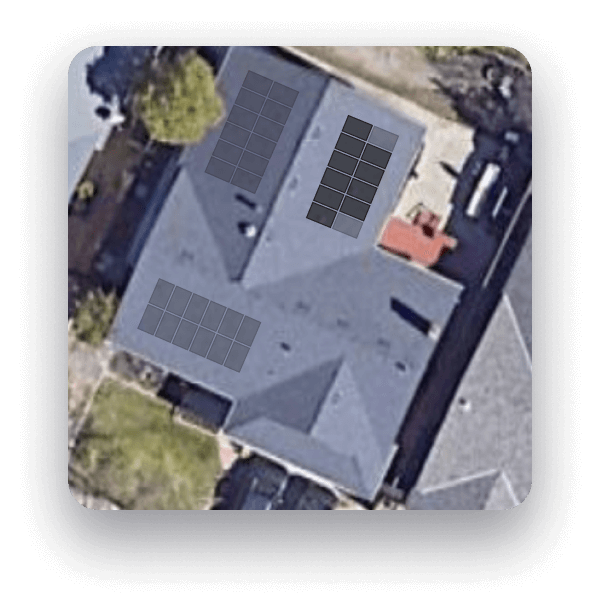Here's an overview of what this solar system size might cost for your home.
Cost is one of the biggest factors homeowners consider when shopping for a solar system. When you’re ready to switch from traditional power sources to solar energy, the best way to start the process is to assess your current energy consumption and lifestyle needs.
Getting a birds-eye view of your energy needs offers insight into what solar system best fits your home, budget, and needs. So, where is the best place to start when switching from traditional power sources to solar energy?
While there are several systems to choose from, most homes use 10, 12, or 20 kW solar systems, depending on their size and energy needs.
For example, a 10kW solar system provides adequate power for the average home and appliance usage. In contrast, a 20kW solar system is better suited for large residential properties with extensive energy needs (charging electric vehicles, for example).
In this article, we’ll explain everything you need to know about shopping for a 10kW solar system, including what kilowatts are and how they’re calculated, energy offset factors, and the average costs of installing one in your home.

Understanding Kilowatts and Power Usage
Understanding the differences between watts, kilowatts, watt-hours, and kilowatt-hours helps you gauge the capacity and efficiency of your solar system. Here’s a quick reference guide:
Power: The rate at which energy is produced.
Watts (W): Measures the rates of power used by an appliance or energy source.
Kilowatt (kW): A 1,000 watts.
Watt-hour (Wh): Measures how much electricity is used over a period of time.
Kilowatt-hour (kWh): Equal to 1,000 watt-hours.
Utility companies use this information to determine how much electricity a home uses. Companies then bill based on the current electricity rate in cents by figuring out the total wattage and the number of hours a home is powered (divided by 1,000).
For example, the current average electricity rate for residential properties in California is 31.23 cents per kilowatt-hour. In Washington, the average rate is 11.4 cents per kilowatt-hour. Since rates vary across states, replacing traditional electricity with solar especially makes sense in regions with expensive costs and aging power infrastructure.
Utility bills and energy usage also depend on what you use throughout the home. For example, a large home with electric vehicles requires more power than a single-family home with gas-powered cars.
Costs can also vary seasonally. During the summer months, electricity costs usually go up due to the demand for air conditioning.
If you’re curious about how much electricity you use, check your utility bill statements or use this Appliance Energy Calculator to estimate how much power your property needs to run.

Cost of a 10kW Solar System
For the average household, a 10kW solar system is a popular choice, and here’s why:
The average home uses approximately 29kWh daily, and a 10kW solar system provides 40kWh of power daily. That means a 10kW solar system covers the standard home with adequate solar energy, plus 10kWh more.
While various factors can impact the total cost of a 10kW solar system (roof pitch, storage batteries, equipment, and installation), the average cost is between $22,000 and $30,000.
Depending on incentives and tax credits, homeowners could recoup 30% of their investment in addition to energy cost savings.

State-By-State Cost Breakdown
Between the longevity of solar panels and the potential for energy savings, moving to a 10kW solar system makes sense in most cases.
However, scheduling an in-person site survey is the best way to get the most accurate cost information. These surveys consider various factors (roof condition, electrical setup) and system costs to provide a comprehensive overview of how solar will benefit your lifestyle and wallet.
Below are a few examples of what a 10 kW solar system will cost in different US states. It’s worth mentioning that with Monalee, we’re able to offer solar at up to 50% less than what traditional solar companies charge.

























